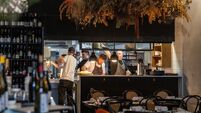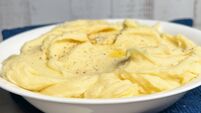Purple reign: how the açaí bowl became part of the national diet
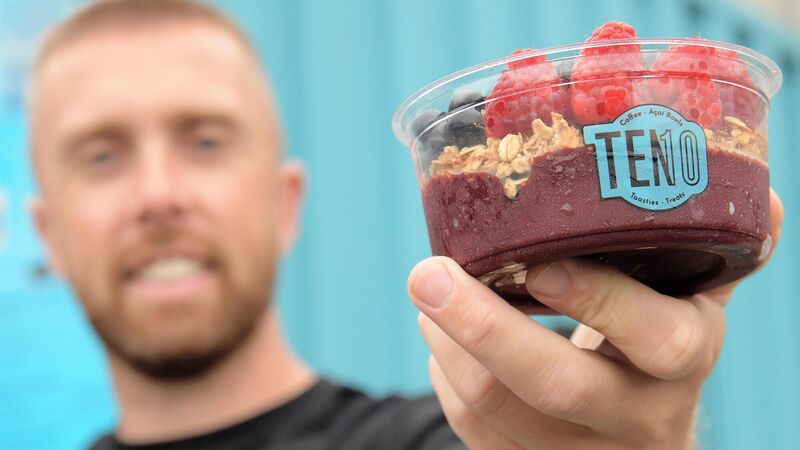
Graham Rayner, co-owner of Ten10 Acai & Coffee in Santry. Photograph Moya Nolan
It is a drizzly Saturday morning in Ballybofey, Co Donegal.
Grey skies and bitter winds suggest a weekend best spent indoors but locals stand shoulder to shoulder, queuing for something distinctly incongruous: açaí.
Once a distant, vaguely Californian curiosity, the berry is now at home amid Ireland’s rain-soaked landscapes, as comfortably settled as a cup of tea.
Açaí has been cropping up in Irish media since one paper wrote “Cork is a massive market for this berry” in June of 2014.
David Meehan, of Roots, an Irish-owned açaí company with locations in Monkstown and on Drury St in Dublin, said in January, “I don’t think it’s going to be just a trend,” and it looks like he was on the money.
From Dublin’s fitness influencers and protein evangelists to mothers and teenagers in rural towns, açaí has quietly nationalised.
Today, an açaí bowl signals taste, health, and cultural currency.
Like many of its predecessors, açaí entered the Irish bloodstream with the slow, inevitable absorption of a word imported from the internet.
Pronounced ah-sigh-EE, this purple berry, originating from Brazil’s Amazon region, first surged into global consciousness in the 1980s, propelled by Brazilian jiu-jitsu legends such as the Gracie brothers.
In Ireland, however, the rise of açaí bowls has been slower, simmering quietly on menus before rapidly boiling over in recent years.
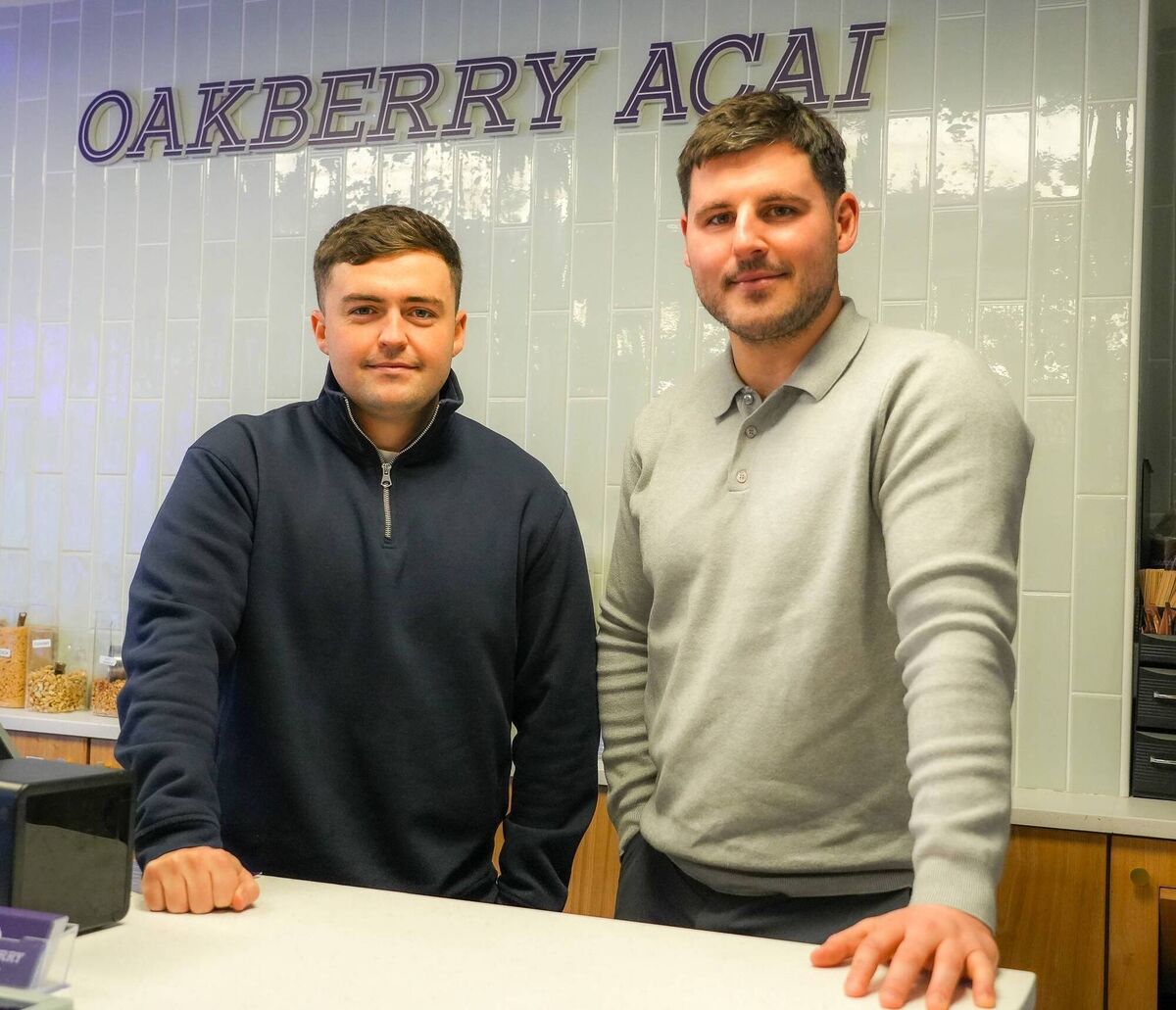
In 2023, Oakberry, the world’s largest açaí brand, opened its first Irish outlet on South Anne St in Dublin.
Within months, it became the busiest Oakberry store in Europe, generating queues and annual sales topping €1.3m.
“There were queues every day,” says Alvin Galligan, Oakberry Ireland’s director. “The Brazilian community were early supporters but the Irish took to it in a big way too. Irish people wanted a change.”
Remarkably, a couple of years before Oakberry landed, two Dubliners, Conor Sweeney, of DAE, and Graham Rayner, of Ten10 Açaí, were having similar revelations.
Rayner’s partner had encountered açaí bowls in Los Angeles. He recounts: “My business partner Ryan was over in California, tried it, and basically went back every day. He texted me, ‘We need to bring this back to Dublin.’”
It took them a few years but, once they got a horsebox in 2021, they were all set to go.
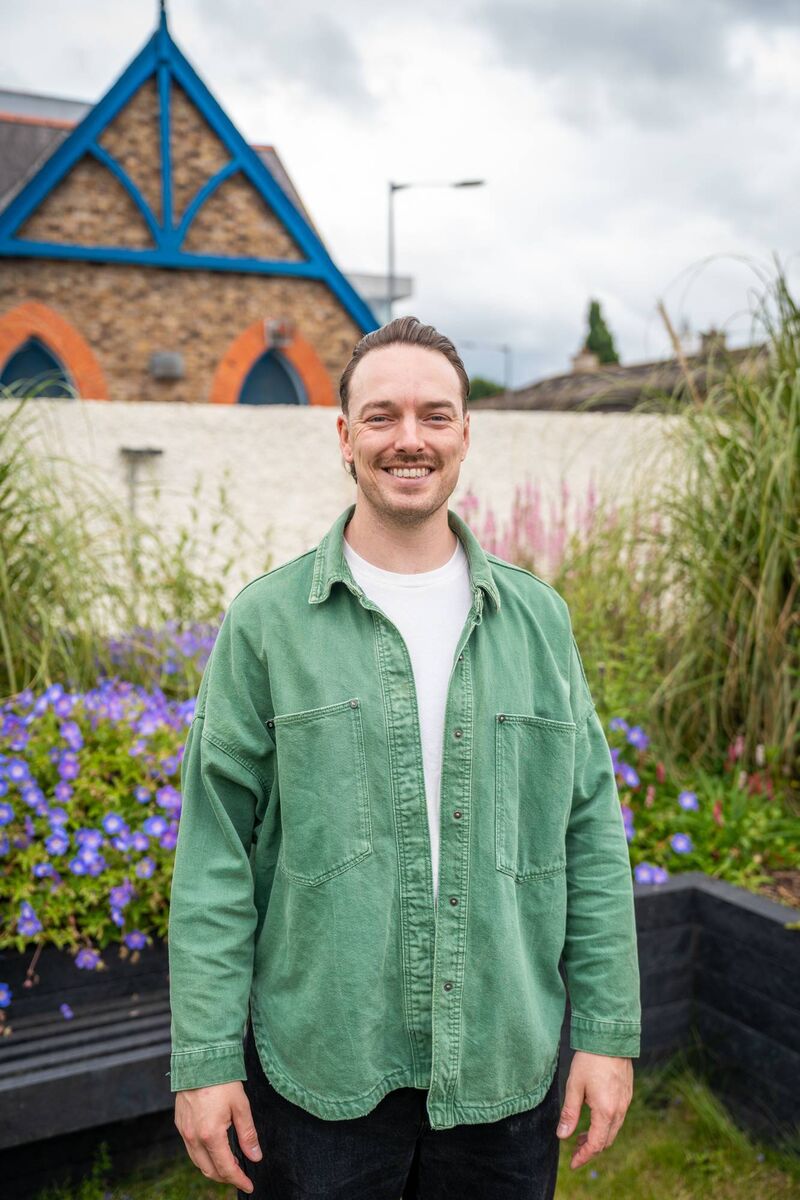
Sweeney also founded DAE in 2021. He, on the other hand, had been in vegan ice cream but pivoted to açaí after he “kind of got chattin’” to a supplier on an expo abroad in Europe.
Roots also opened in 2021, as did Gaucho Dog, a Brazilian-owned company which now has stores in Smithfield, the Jervis Centre, and Tallaght.
Every single one of these businesses, seemingly unaware of the other, began laying açaí groundwork around the same pandemic-stricken moment.
That all of these businesses launched within two years and that all of them cite the same mix of cultural timing, curiosity, and conviction suggests a rare synchronisation.
Not purely a fad inflated by TikTok virality alone but something deeper. As Galligan puts it: “Irish people wanted something new and fresh.”
“By September 2021, we were bombarded by students,” Sweeney says. “It was mental.”
How did something so seemingly niche become mainstream?
Unlike fleeting trends such as charcoal lattes, bullet coffee, or elaborate doughnuts, açaí’s staying power in Ireland is undeniably down to young people’s move towards a healthier lifestyle.
Young adults, the students who popularised Ten10, raised in the wake of the Food Dudes programme, were primed for this sort of food innovation.
The Food Dudes programme was an Irish healthy eating programme designed to encourage primary school children to eat more fruits and vegetables.
The campaign began with a pilot in 2002/2003, and a national roll-out commenced in 2007. This means that these healthy-food-educated children would have been aging into their discretionary income prime just as açaí was landing.
Now in their 20s and 30s, they’re the consumers shaping what’s normal.
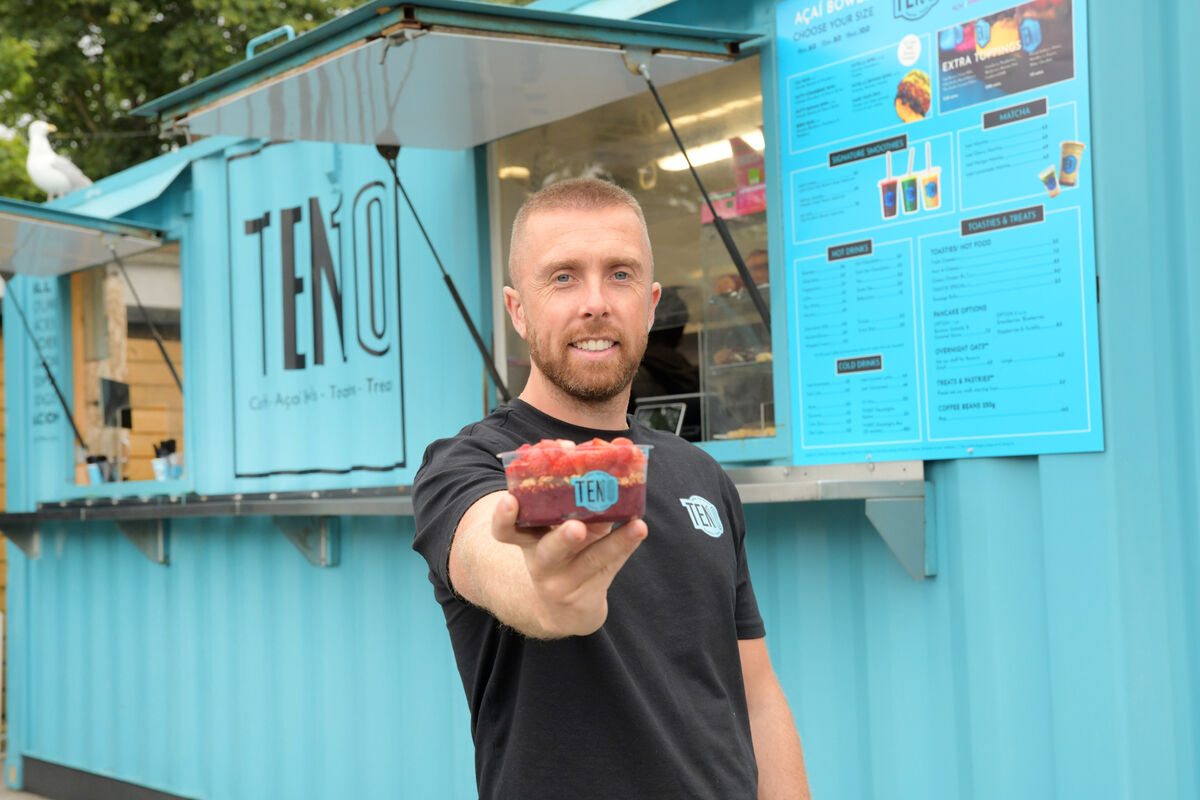
Rayner concurs: “We’ve noticed it’s the younger generation especially. They’re getting healthier and healthier. Into fitness. Into running. It’s good to see.”
It would be great to give government-funded healthy-eating education all the credit but the answer might also lie in the paradoxical and shifting nature of Ireland’s wellness culture.
Galligan thinks this is a big part of acai: “People don’t just want ‘healthy’, they want wellness.”
Açaí taps into the broader billion-euro global wellness wave, where “clean-eating” aesthetics and antioxidant claims align perfectly with today’s self-care culture.
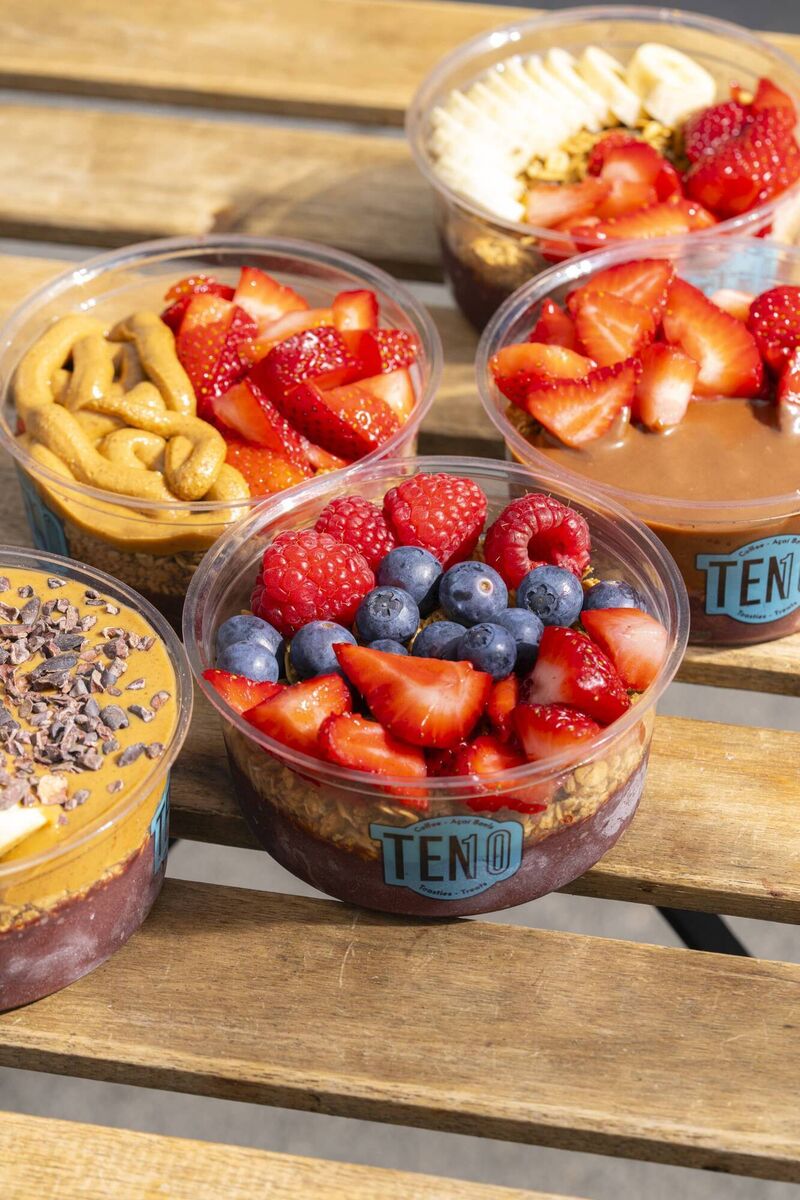
It goes hand in hand with the growth of saunas, run clubs, the sea-swimming boom, and many other health-oriented cultural shifts.
“People love a pint but they also love going on a walk and stopping for a toasty or an açaí bowl,” Rayner says. “It’s healthy, you know?”
“Açaí lets people feel like they’re indulging but still making a ‘good’ choice,” Sweeney notes.
He is right, it doesn’t hurt that açaí tastes great. Earthy, slightly tart, and often blended with sweeteners like guaraná syrup, it pairs effortlessly with fruit, nut butters, coconut, or crunchy toppings.
It can be light and healthy, or decadent and dessert-like.
Unlike other health trends that often get trapped in urban bubbles, think matcha or kombucha, açaí has managed something remarkable: true rural integration.
In small towns like Ballybofey, Ballina, Killinick, or Dingle, açaí bowls are a regular menu item at cafes and stores. You can pick up pots of it at Lidl or grab a bowl from Mace.
This national spread can also be credited to independent Irish businesses, many supplied by DAE, who have adopted the product in ways that suit local tastes.
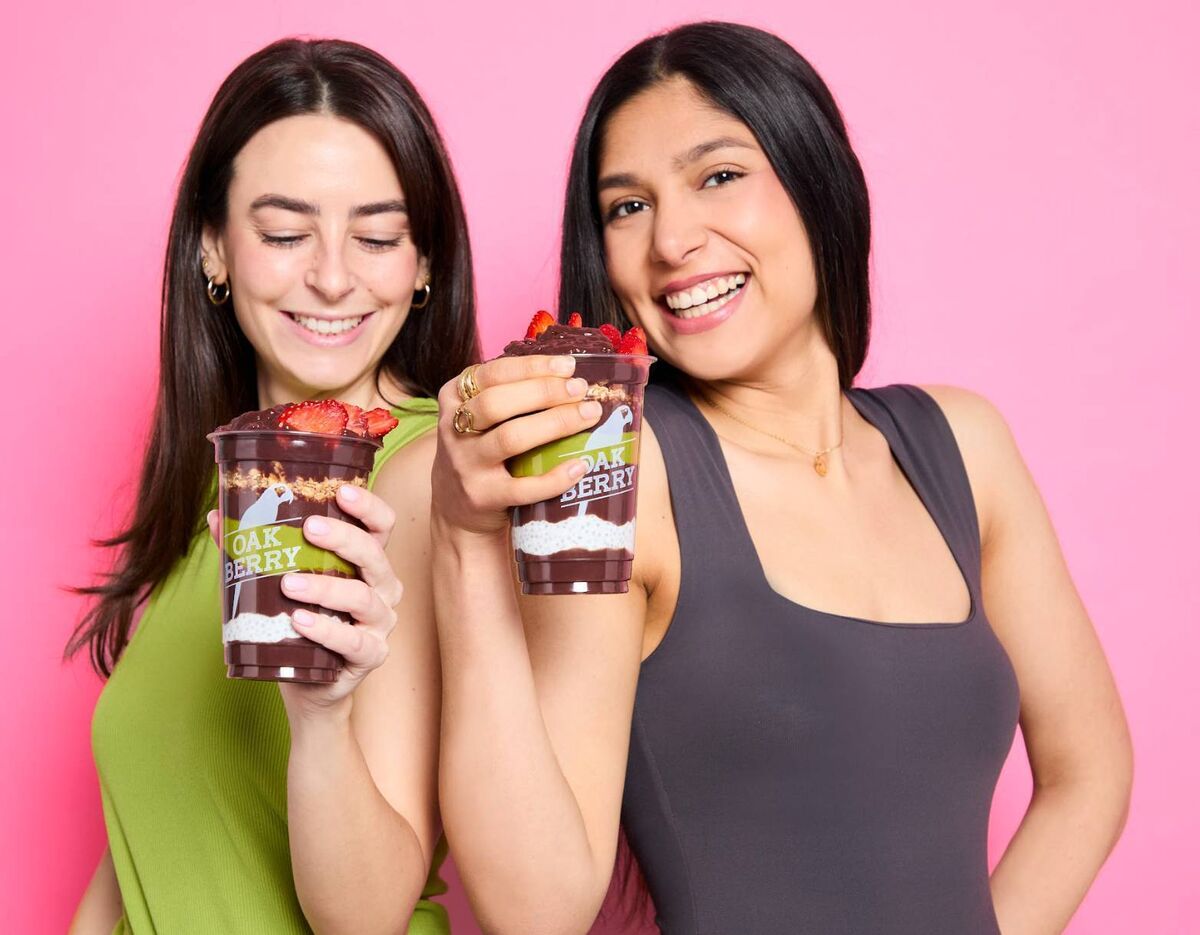
The fact that açaí is endlessly customisable grounds it in practical adaptability.
Customisability, after all, is a quality Irish consumers already revere in staples like the chicken fillet roll.
Just as we each have “our own” way of building that deli counter masterpiece (spicey, butter and mayo, lettuce, onion, and add jalapeños or pickles if ya have them, cut in half) so too does the açaí bowl invite a kind of personal authorship.
Galligan notes: “Everyone has their way of making it.” That sense of ritual and preference has been critical to its spread, especially among younger consumers who expect food to reflect identity.
Galligan echoes the sentiment: “It’s like coffee — everyone has their way of taking it.”
As with all food trends, social media amplified this trajectory. The hashtag #acaibowl carries millions of views on TikTok and Instagram, where the bowls are perfectly optimised for virality.
It’s part of the fun of getting an açaí bowl, taking a picture of it, posting it, and being seen to be having an açaí bowl by your followers. It creates a digital community as well as working as a sort of self-perpetuating guerrilla marketing technique.
Another aspect of açaí that has enabled its domination is that the fruit itself is approachable. That the word “berry” appears in “Oakberry” is not incidental.
“Irish people already love strawberries, blueberries,” Galligan explained, “so when they hear açaí is a berry, they’re like, ‘OK, I’ll give it a go.’ We were at Bloom Festival and saw people over 50 who’d never heard of it but, once they tried it, they came back.”
As for businesses?
“Margins are good, prep is easy, and it’s popular,” explained Sweeney. “That’s the holy trinity for a café trying to stay afloat right now.”
Beneath wellness and practicality, there’s a deeper narrative about migration and identity. With over 58,000 Brazilians now calling Ireland home, the connection between the countries has grown surprisingly intimate. Cafes serving açaí have emerged as community hubs reminiscent of the comfort Irish pubs offer Irish diaspora abroad.
Brazilian-born chef Pedro Ivo Lovato Daré sums it up: “It’s açaí. It’s part of our daily lives.”
Yet sourcing açaí is not uncomplicated.
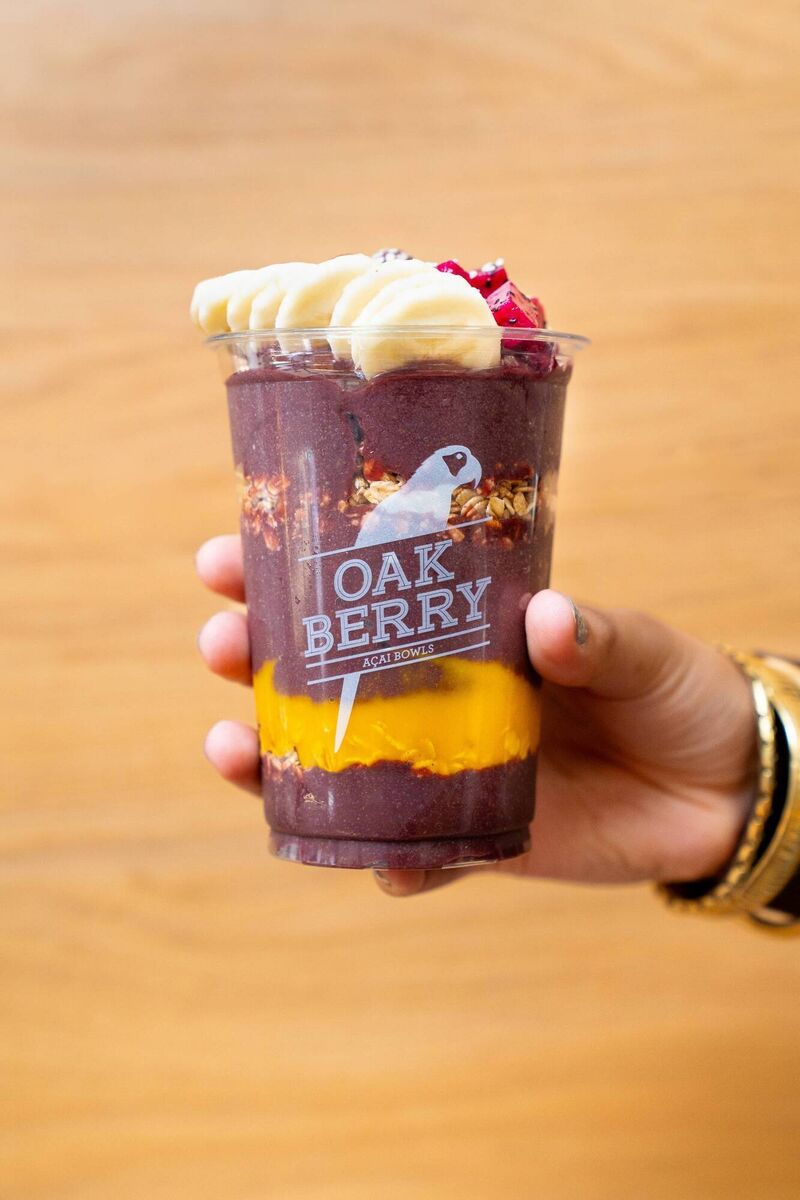
Most of the world’s açaí comes from the state of Pará in Brazil. It’s harvested by hand, often by smallholder farmers climbing 30m palm trees to gather the fruit.
It must be processed within 24 hours to preserve its nutritional value. On top of that, this delicate supply chain is under threat.
Climate change, deforestation, and exploitative labour practices have all affected output. In 2023, a prolonged drought followed by flooding caused crop yields to drop by up to 75%.
Across Ireland, açaí bowls have evolved from a novelty to normalcy, a transformation that signals Ireland’s openness to change, and, perhaps, a shift in national identity itself.
As Galligan reflects: “It’s like coffee was 25 years ago. People weren’t sure if it would catch on. Now, it’s everywhere.”
Rayner agrees: “It’s become a staple.”
And, like coffee, the bowl is a reflection of the people we are and the values we choose to consume.
Yes, there’s a risk in over-theorising food trends, and projecting meaning onto menus.
But in the case of açaí in Ireland, something real has shifted. Perhaps this Brazilian berry is here to stay.
- “Strawberries, blueberries, Nutella, and peanut butter.”
- “Banana, strawberry, blueberry, peanut butter or honey, and a little coconut.”
- “Granola, peanut butter, blueberries, banana, strawberries, chia seeds and lately, milk powder. A Brazilian touch.”

